Newton. Horvat. Brodziak
Newton. Horvat. Brodziak
May 29, 2015
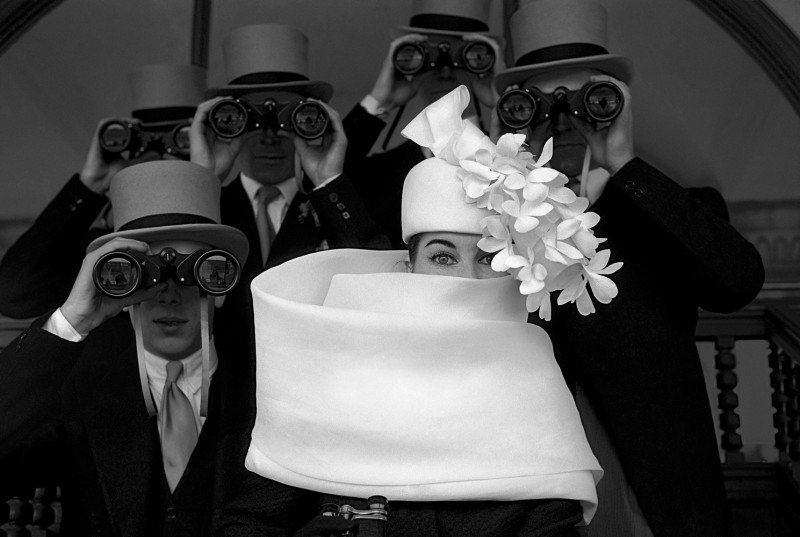
Five gentlemen for a fantastic fashion presentation: Frank Horvat, Givenchy Hat Paris, 1958 © Frank Horvat
The Leica photographer Frank Horvat (*1928), is eight years younger than Newton and, like him, has worked for decades for the most renowned magazines. At the same time he created an inimitable autonomous work with many unmistakeable motifs. Horvat is being presented here with close to 200 pictures in different genres from his House with 15 Keys project. Presented in Berlin for the first time, these images create an arch spanning six decades. It is no surprise then that Horvat talks of this project as his legacy, his testament.
Primarily because of his work in fashion, Horzat is counted among the most significant photographers of the 20th century. He was one of the first who introduced small format pictures into fashion photography. Back in 1950, his most important mentor, Henri Cartier-Bresson, gave him a decisive tip, suggesting he take pictures with a Leica. He was able to transfer his experiences in reportage photography to fashion, producing unusual stage settings for the models. Taking an overall look at his work, it becomes all the more clear that his main interest is in people – whether in reportage, portraits or the re-staging of ‘old Masters’.
In this, his first institutional exhibition in Germany, the Polish photographer Szymon Brodziak (*1979), who was recently named World’s Best B&W Campaign Photographer in Cannes, presents 30 large-format black and white images from the recently publish monograph, One. For this project, Brodziak created real, yet unusual stage settings for presentations with predominantly female subjects. It is evident that Brodziak not only masters the technology and the setting, but that he also has a special approach that oscillates between attractive stylisation, exaggeration, eroticism and humour. While using fashion and nude photography clichés, he also questions them at the same time. What is sure is that, compared to the two ‘old Masters’, Horvat and Newton, Brodziak is an equally intense storyteller with the camera, even though he belongs to the generation of their grandchildren.
The two monograph segments of the exhibition by Horvat and Brodziak are complemented by the presentation of the second part of Helmut Newton’s (1920 – 2004) permanent loan, that has been kept at the Museum of Photography in Berlin since the creation of the Foundation. Once again, they include iconic pictures by Newton – fashion and nudes, portraits and self-portraits, over 70 vintage prints that have never been exhibited in Berlin till now. In addition to supercharged images that reflect Newton’s inimitable combination of voyeurism and exhibitionism, it is, above all, portraits of prominent contemporaries that celebrate the photographer’s repertoire. Whether Andy Warhol, David Bowie or Charlotte Rampling, the photographer always directed his gaze towards intimate moments in apparently private settings.
The NEWTON. HORVAT. BRODZIAK exhibition will run until November 15, 2015.
Helmut Newton Stiftung
Museum für Fotografie
Jebensstraße 2
10623 Berlin
www.helmut-newton.de

Five gentlemen for a fantastic fashion presentation: Frank Horvat, Givenchy Hat Paris, 1958 © Frank Horvat
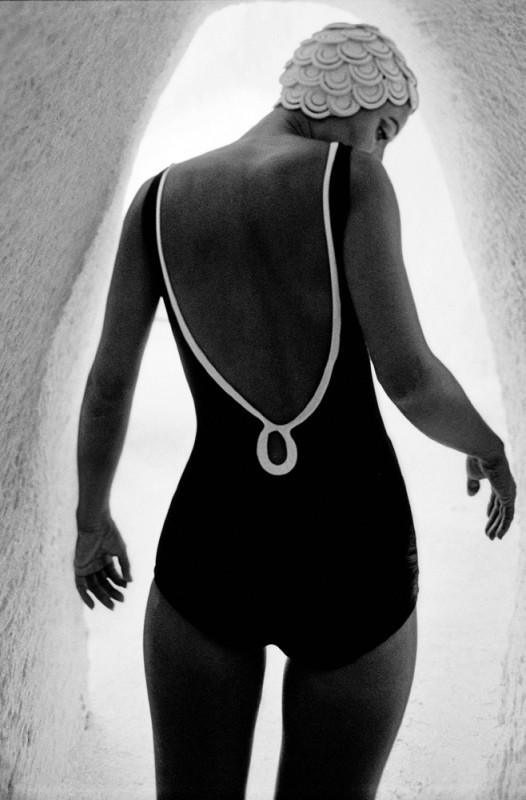
Bathing fashion, an elegant eye-catcher in black and white: Frank Horvat, for Harper’s Bazaar UK, Djerba, Tunisia, 1965 © Frank Horvat
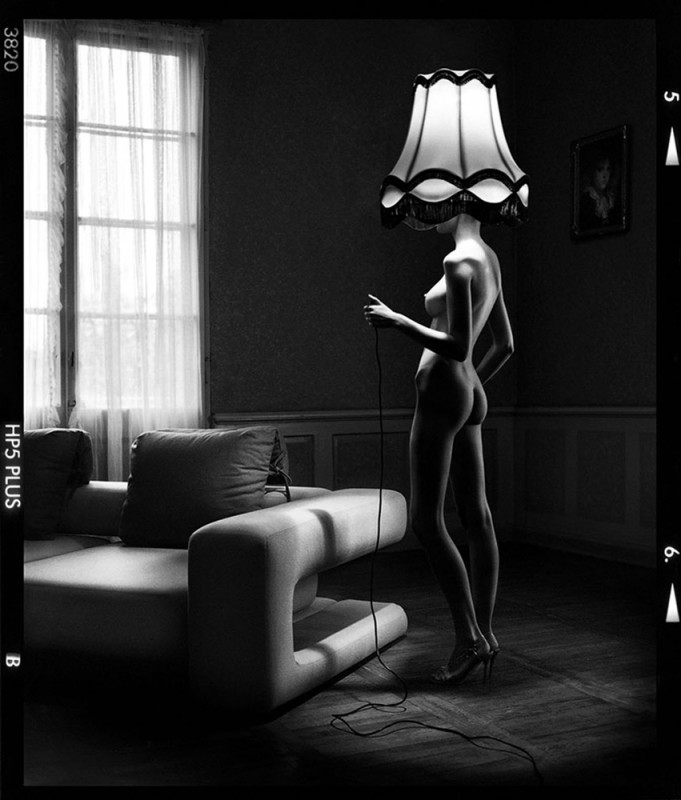
Szymon Brodziak, “The Lamp”, Poland, 2008 © Szymon Brodziak
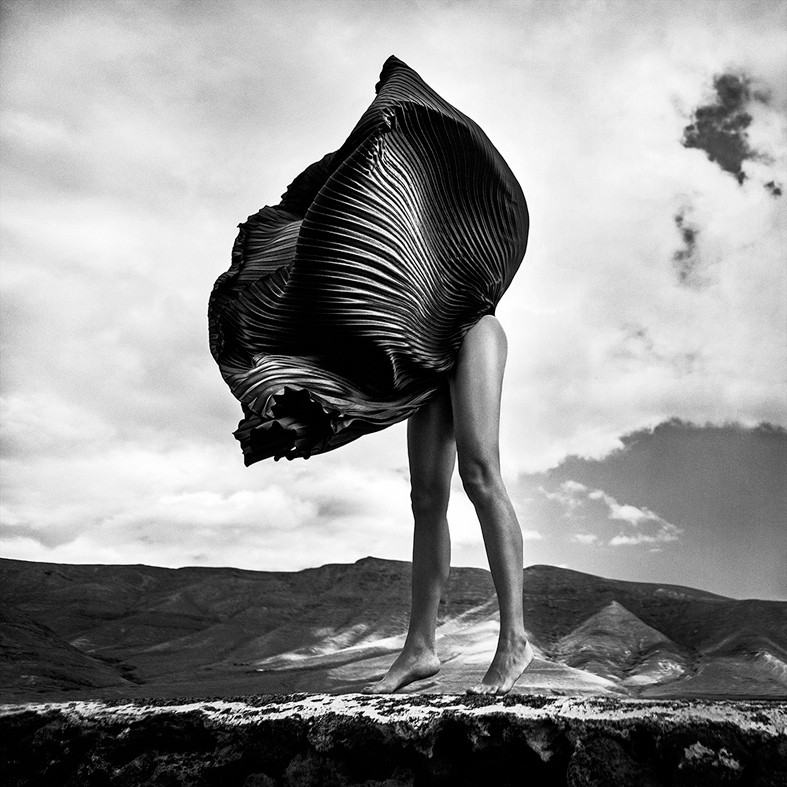
Szymon Brodziak, “The Flower”, Lanzarote, Spain, 2014 © Szymon Brodziak
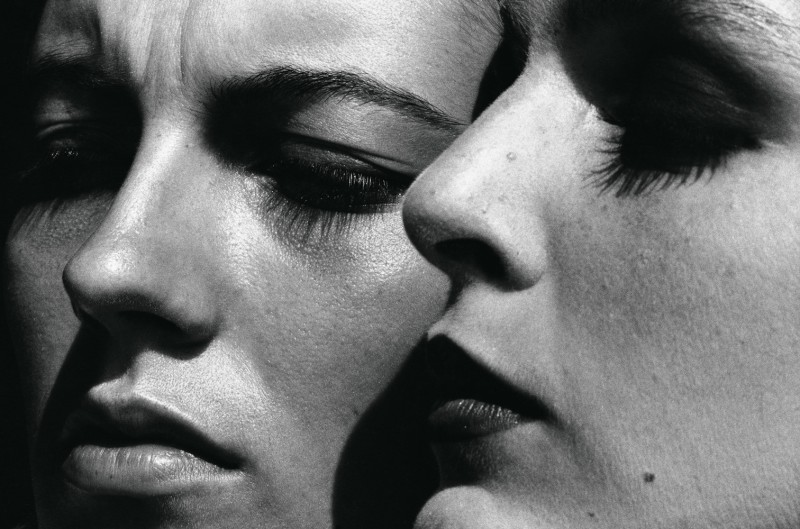
Helmut Newton, Italian Vogue, Bordighera, Italy, 1982 © Helmut Newton Estate
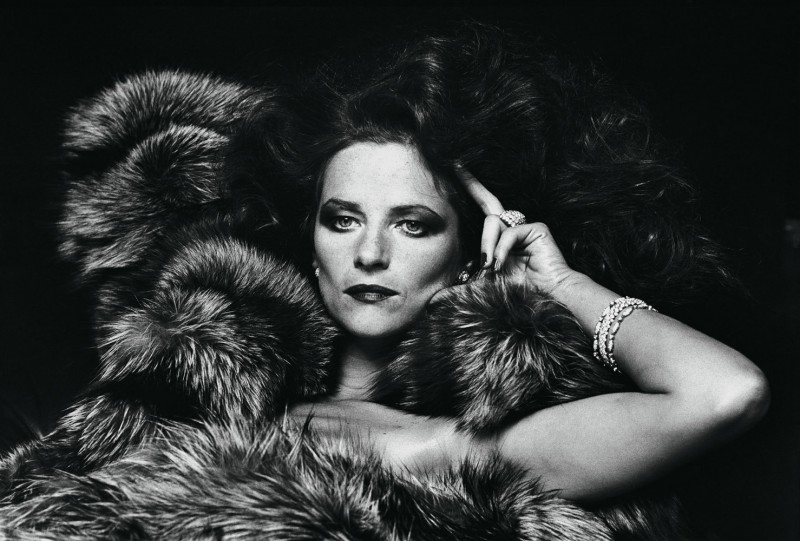
Helmut Newton, Charlotte Rampling, Paris, France, 1977 © Helmut Newton Estate